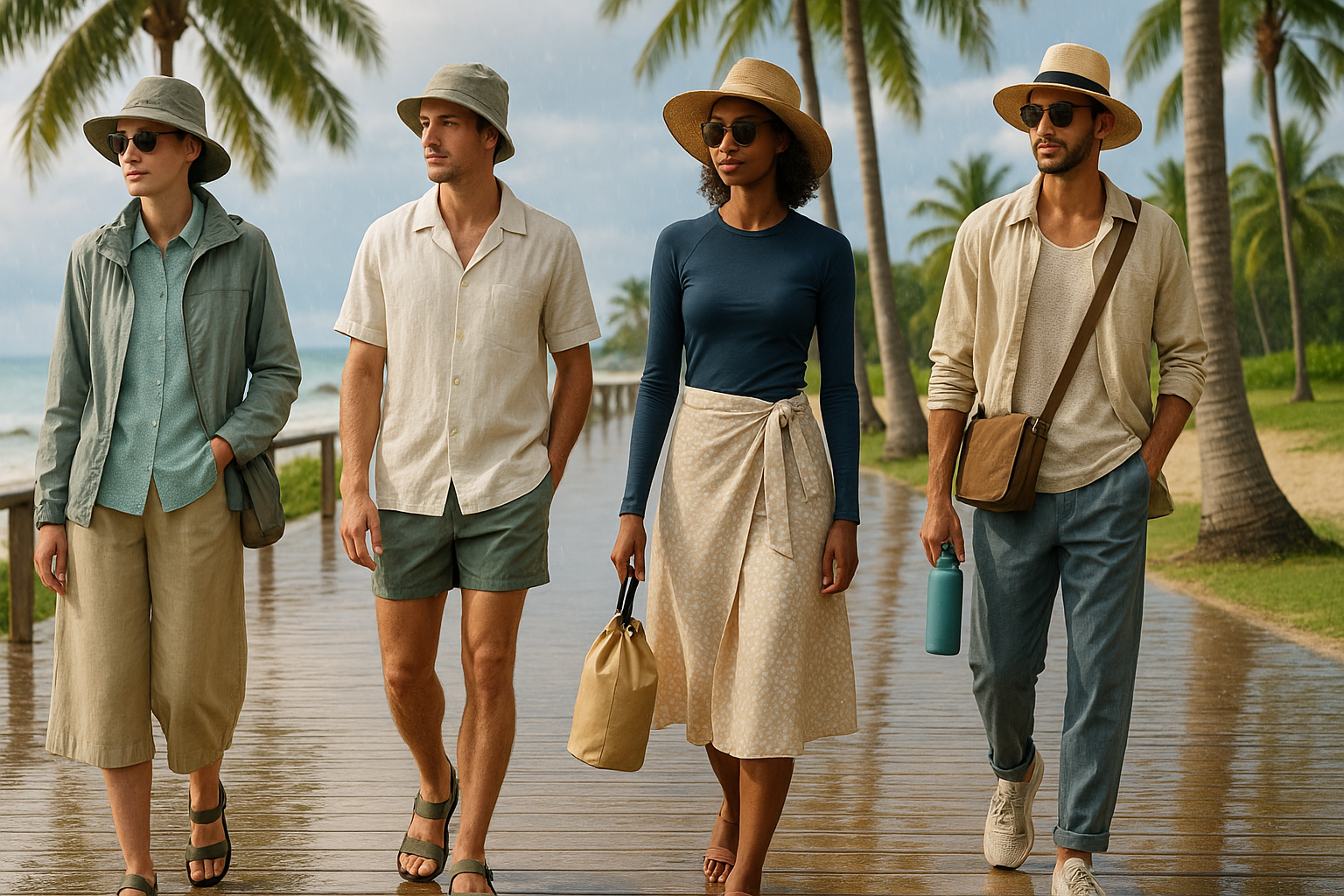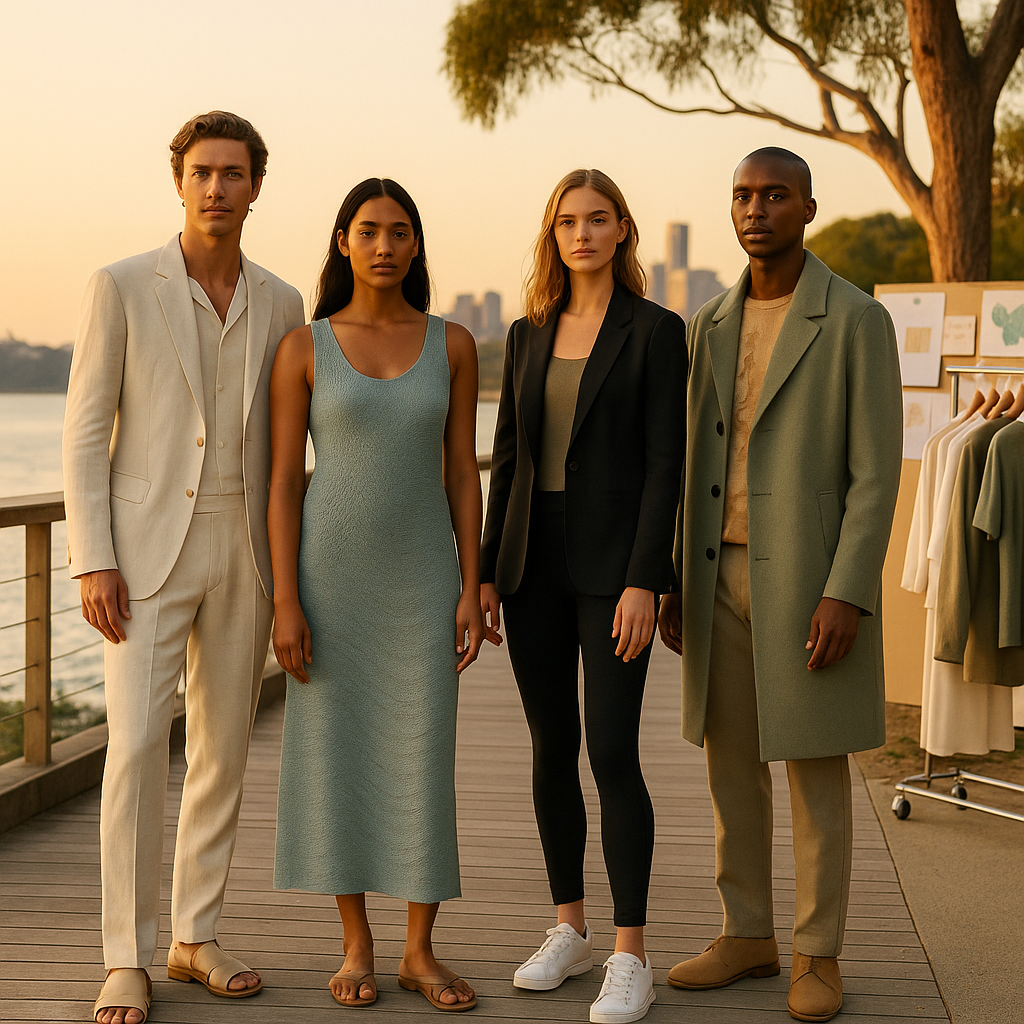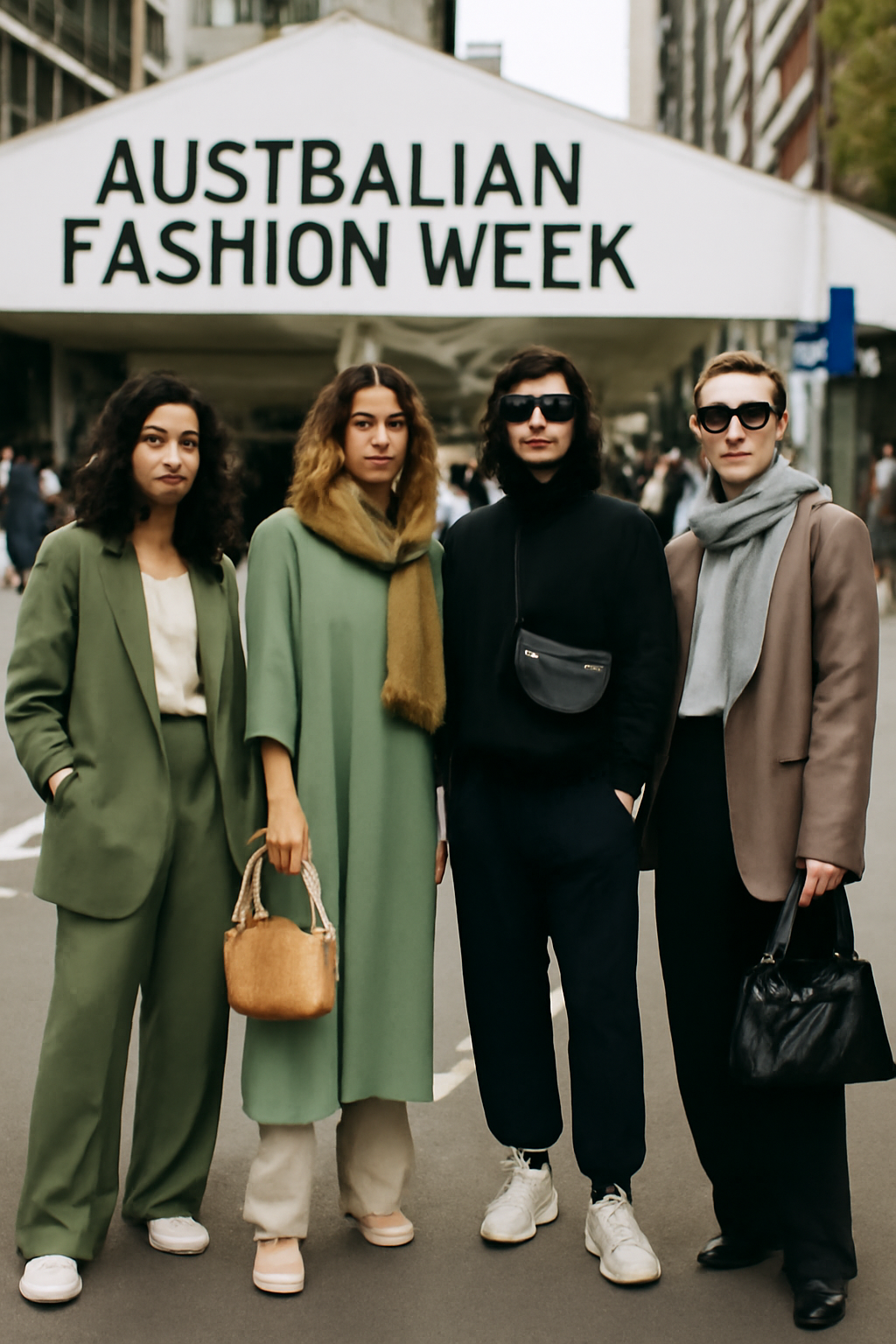Tropical Australia demands clothing that negotiates humidity, blazing sun, and sporadic rainfall with ease. The goal is simple: stay dry, shaded, and comfortable while looking intentional. Start by prioritizing textile engineering. Linen remains king thanks to its hollow fibers and natural stiffness that holds fabric off the skin. High-twist cotton poplin and voile also excel, while modern recycled poly blends with micro-perforations perform for sportier days.
Cut and construction are your silent allies. Think camp collars, raglan sleeves, action pleats, and side vents to promote movement and airflow. For bottoms, search for drawstring or elasticized waists, gusseted crotches, and breathable pocket linings. Skorts and culottes offer ventilation with coverage, and midi skirts in crinkled cotton resist wrinkling and cling.
Sun safety is style. UPF-50 shirting, longline shirt-dresses, and ankle-grazing kaftans shield skin without adding heat. Pair with a sturdy, breathable hat—raffia, canvas, or technical brimmed caps—and wear wraparound sunglasses for coastal glare. Lightweight neck gaiters in bamboo viscose double as scarves and hair wraps.
Color and print selection matter in high light. Light-reflective hues—ecru, blush, pale citrus—keep temperatures down. Prints hide perspiration better than flat colors; choose botanical repeats, painterly stripes, or tonal geometrics. If you love dark pieces, look for looser cuts and open weaves to offset heat absorption.
Footwear should meet both terrain and moisture. Consider supportive sandals with adjustable straps, knit trainers that dry fast, or fisherman-style sandals with covered toes for boardwalks and boat decks. Insoles with antimicrobial treatments reduce odor when socks are optional. For sudden downpours, pack compact sandals and a mesh shoe bag.
Layer cleverly. A featherweight shacket or linen overshirt lets you toggle between shade and breeze. Keep a packable rain jacket in the bag—monsoon cells move quickly, and a five-minute shower can drench an outfit. Quick-drying underlayers (think ribbed tanks or bralettes) help reset comfort fast.
Swimwear that multitasks earns its place. Retro-cut trunks or square-leg swimmers pair with Cuban-collar shirts, while structured one-pieces serve as bodysuits under wrap skirts. Rash vests with UPF protection are essential for long reef days and double as fitted tops when styled with high-rise shorts.
Accessories are more than garnish. Choose water-resistant belt bags or crossbodies, a wide-mouthed insulated bottle, and a microfiber scarf that can blot sweat or add shade. Jewelry should be sweat-safe—stainless steel, titanium, or gold-filled rather than plated.
Care and longevity matter in the tropics. Pre-washed garments shrink less and breathe better. Prioritize French seams or flat-felled seams—they prevent seam puckering after repeated washes. Spot-cleaning kits and enzyme detergents keep whites bright despite sunscreen and sea spray.
Fit principles: prioritize airflow, avoid cling. Slightly oversized shirts, elastic-hem shorts, and A-line shapes foster circulation. Test mobility: lift arms, sit, and walk; nothing should bind. With fabric, cut, and care on your side, tropical dressing becomes less about coping—and more about feeling at ease in Australia’s luminous heat.



